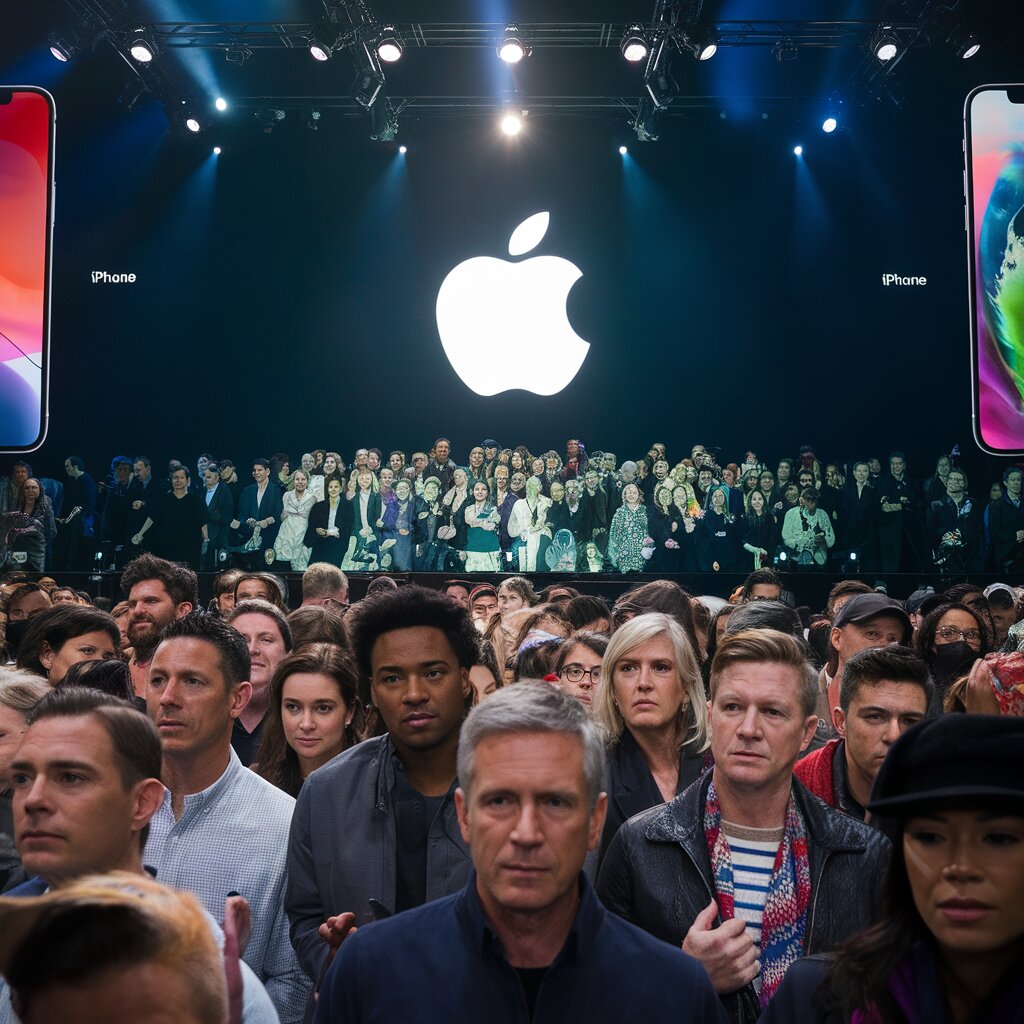The transformative power of the Apple ecosystem was on full display this past Monday, September 9th, as the tech giant unveiled its much-anticipated iPhone 16 alongside other cutting-edge devices like the Apple Watch Series 10 and AirPods 4. This launch marks a pivotal moment for Apple, suggesting that artificial intelligence (AI) may be the new frontier in the fiercely competitive smartphone market.
Back in 2007, the original iPhone, introduced by Steve Jobs himself, redefined mobile communication, setting the standard for smartphones. Fast-forward to today, and Apple continues to lead the industry with groundbreaking innovations. However, unlike the almost competition-free environment of 2007, today’s market brims with formidable competitors such as Samsung, Google, OnePlus, and Xiaomi, each vying for their slice of consumer preference.
The launch of the iPhone 16 introduces a series of AI-driven features marketed under the banner “Apple Intelligence.” This suite includes advanced tools for photo and video editing, text editing, and even generation of AI images—areas where competitors like Google’s Pixel 9 have also been making strides.
Since the early days of the iPhone, Apple has undergone significant changes in leadership and strategy. Steve Jobs passed away in 2011, yet his successor, Tim Cook, has steered the company toward sustained growth and innovation. The departure of Jony Ive in 2019, a key figure in Apple’s iconic product designs, also marked a new chapter as he went on to establish his own design firm.
Even as Apple has diversified its portfolio to include products like AirPods, the Apple Watch, and the mixed-reality Apple Vision Pro headset, the iPhone remains a cornerstone of its business, accounting for more than 50% of total revenue. Enhancements in speed, battery life, camera technology, and robustness have been the hallmark of past iPhone iterations. However, the current wave of innovation is firmly tied to the integration of AI.
Apple’s latest foray into AI aims to redefine how users interact with their devices. “Apple Intelligence” promises features such as advanced text proofreading, rewriting, and summarization capabilities, along with enhanced object recognition in photos and videos. Perhaps most intriguing is the ability to generate images based on text or voice prompts, coupled with new image editing functionalities and personalized emoji creation.
One standout feature of the iPhone 16 is “Visual Intelligence,” which enables users to gather information about objects in real-time via their camera. For instance, a photo of a restaurant could instantly provide its menu, opening hours, and customer ratings, eliminating the need for manual searches. Likewise, snapping a picture of an event poster will automatically populate your calendar with event details.
Siri, Apple’s digital assistant, also receives an AI upgrade. The assistant will now better comprehend and execute complex commands, provide more relevant app-related content, and offer intelligent suggestions based on user behavior. These enhancements aim to make Siri a more intuitive and indispensable part of the iPhone experience, with capabilities like intelligent message replies and the transcription of phone calls.
As AI becomes increasingly pervasive, it seems poised to be the next major disruptor in the smartphone market. Competing brands like Google and Samsung are also doubling down on AI, incorporating features such as live language translation on calls. This collective rush towards AI integration signifies a paradigm shift that could very well be a game-changer for the industry.
In summary, the launch of the iPhone 16 positions Apple at the forefront of a new era of smartphone technology, spearheaded by innovative AI capabilities. As the company continually evolves, it seems clear that artificial intelligence will play a critical role in shaping the future of its product offerings and the overall user experience.


